How To Spend a Stopover in Osaka
When considering a stopover in Japan, you might think about heading to one of Tokyo’s two airports, Narita or Haneda. However, there are a plethora of reasons to consider a stopover in the Kansai region. Kansai International Airport (KIX) serves the cities of Kyoto, Osaka, and Kobe, and can serve as the gateway to many destinations all across Asia, including Bangkok, Singapore and Seoul.

Osaka, Japan’s third-largest city, is a vibrant destination known for its rich history, modern architecture, and incredible food scene. The downtown markets are famous for culinary delights such as takoyaki, okonomiyaki, and kushikatsu—crispy, deep-fried skewers of meat and vegetables—alongside top-tier sushi. The city’s efficient public transportation makes it easy to navigate, allowing you to experience a blend of tradition and modernity in a short time.
This 24-hour stopover guide lets you quickly explore highlights like the iconic Osaka Castle, enjoy the nightlife atmosphere of Dotonbori, and see traditional Japanese temples and modern art installations like TeamLabs Botanical Garden.
Start: Kansai International Airport
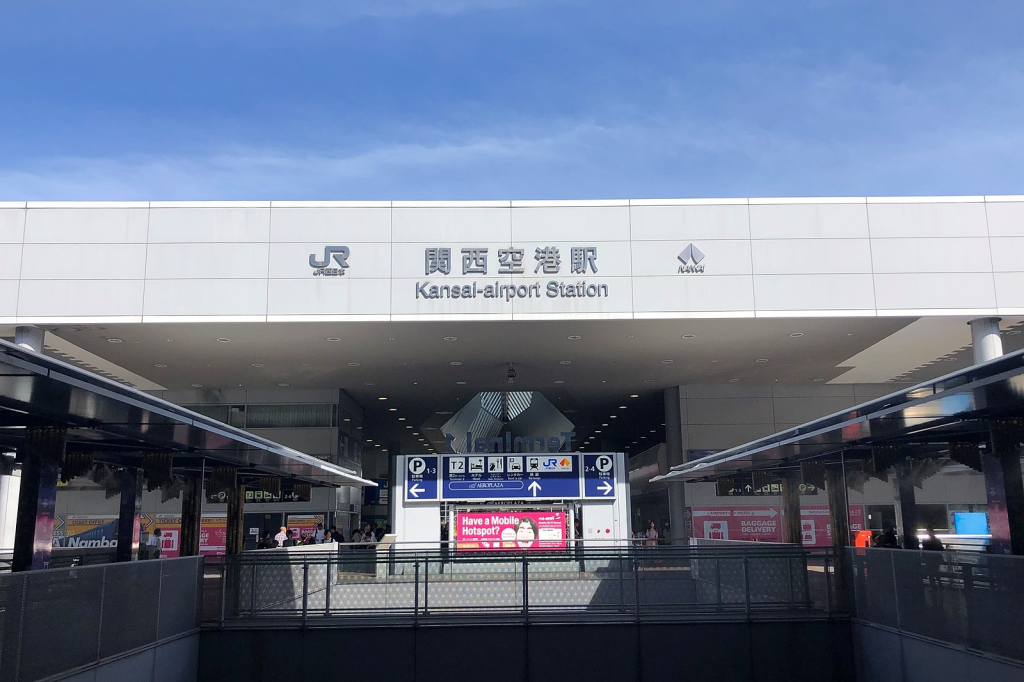
Clearing customs at Kansai International Airport (KIX) typically takes between 30 minutes to 1 hour, depending on various factors such as the time of day, the number of flights arriving simultaneously, and whether you have all your documentation in order. There is very little space for large bags on Japanese public transit, so before heading downtown, you’ll want to stow any large bags or luggage back at the airport, or send it directly to your hotel via takkyubin, the Japanese delivery service. If you place a reservation by noon, the luggage delivery service will have your suitcase in your hotel room by 6 PM that day.
Traveling from Kansai International Airport (KIX) to downtown Osaka is straightforward, with several convenient options available. The best way to reach downtown Osaka is by train, which you can do on the Haruka or Nankai Express trains. JR Haruka offers a significant discount for foreign tourists, however reservations need to be made in advance.

Here’s the full list of options for getting to downtown Osaka from KIX:
JR Haruka Express
- Duration: About 50 minutes
- Cost: Approximately 2,850 yen (unreserved seat) to 3,430 yen (reserved seat), discounted price of 1,800 yen for foreign tourists
- Details: The Haruka Express connects KIX directly to Osaka Station.
Nankai Airport Express
- Duration: About 45 minutes
- Cost: Approximately 920 yen
- Details: The Nankai Airport Express travels from KIX to Namba Station, which is in the heart of downtown Osaka.
Nankai Limited Express Rapi:t
- Duration: About 38 minutes
- Cost: Approximately 1,450 yen (regular seat) to 1,640 yen (super seat)
- Details: This premium service from the Nankai line is faster and more comfortable than the standard Nankai Airport Express, providing a direct route to Namba Station.
Arrive at Osaka Station
If you choose to ride the JR Haruka Hello Kitty Train (because who wouldn’t?) you’ll end up at Osaka Station. Here, make sure to purchase an ICOCA card in order to ride the local trains and use Osaka’s excellent public transit system.
Japan is a very cash-based society, so make sure you have cash on hand, because many of the ICOCA ticket machines only take cash when dispensing cards. Many ATMs do not take foreign debit cards, so if you need Japanese yen, there is a Tourist Service Center on the bridge concourse of Osaka station that will dispense cash for you. You’ll definitely want some extra yen in your wallet for the day’s activities!
If you run out of cash while out and about in Osaka, 7-Eleven (the Japanese konbini, or convenience store) has ATMs capable of taking foreign debit cards. You’ll find 7-Eleven stores all across the city.


Umeda Sky Building
Directions: From Osaka Station, head towards the Central North Gate exit. After exiting, walk north towards Grand Front Osaka. Use the pedestrian bridge that connects Grand Front Osaka to the Umeda Sky Building, offering a direct and elevated route. Follow the signs for the Umeda Sky Building, guiding you through the walkways and bridges leading to the building. Total travel time: 10 minutes.
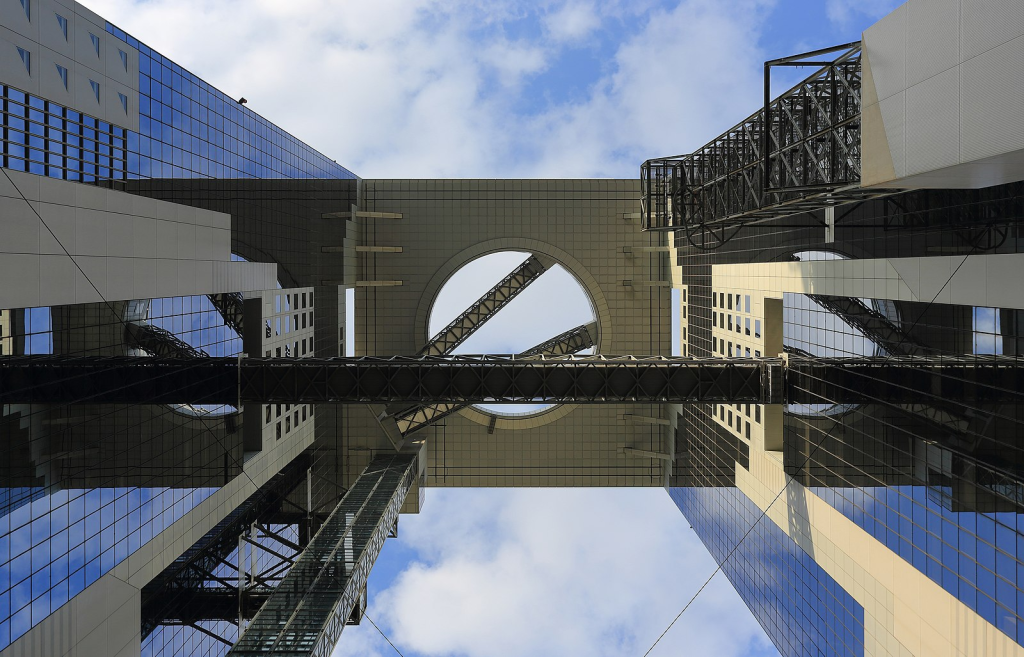
The Umeda Sky Building, an architectural marvel in Osaka, stands as a striking symbol of modern design with its two 40-story towers connected by a futuristic “Floating Garden Observatory” on the 39th floor. Tickets for the observatory are 2,000 yen and can be purchased here.
If you’d rather stay on the ground floor, you can explore Takimi Koji, a retro-themed underground market recreating the atmosphere of Osaka in the early 20th century, filled with charming shops and restaurants. There are also a great number of food courts and shopping areas in the surrounding Umeda station area where you can eat and relax.
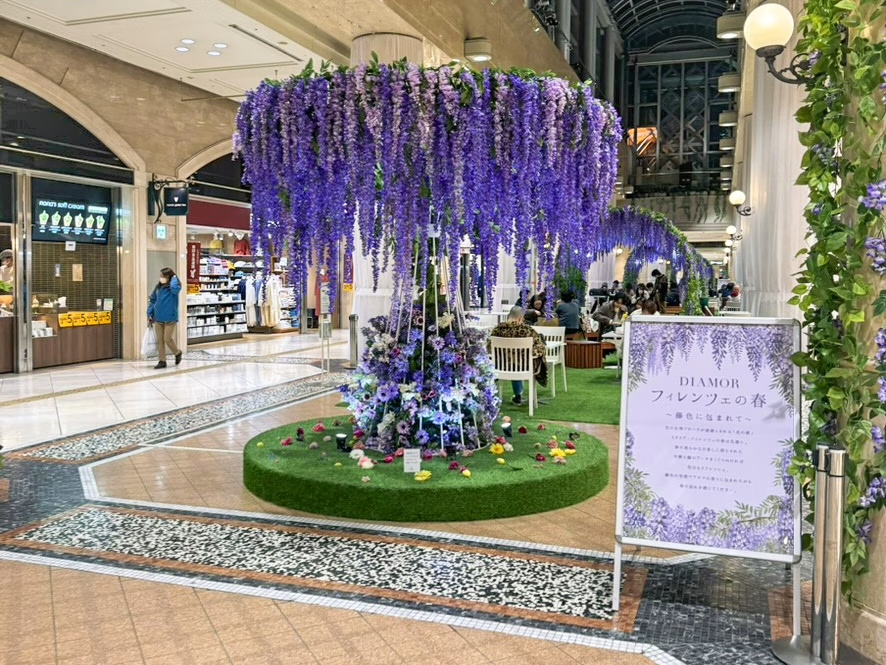
Osaka Tenmangu Shrine
Directions: From Umeda Sky Building, walk back to Osaka Station, which is about a 10-minute walk. From there, take the Osaka Loop Line (Outer Loop) heading towards Kyobashi, and travel three stops to Temmabashi Station. After exiting the station, it’s about a 10-15 minute walk to Osaka Tenmangu Shrine. Total travel time: 30-35 minutes.
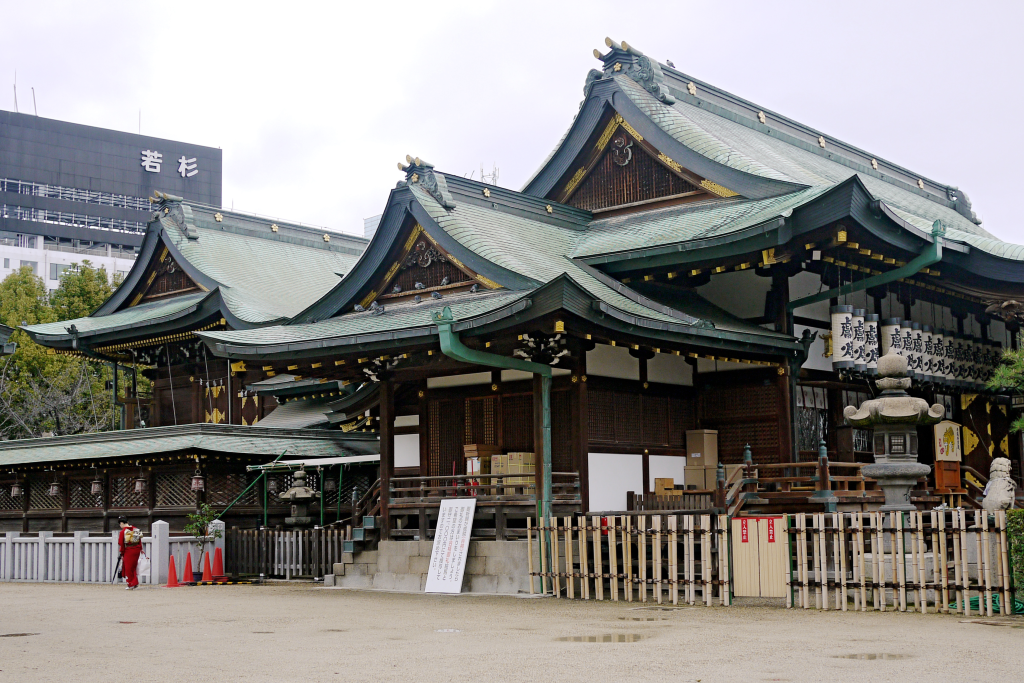
If you’re looking to experience some of Japan’s cultural traditions, there’s no better way to do so than to visit a Japanese temple or shrine. Osaka’s Tenmangu Shrine is one of the most famous tenmangu shrines in Japan. The shrine is dedicated to Sugawara no Michizane, commonly referred to as Tenjin in Japan, who was a famous scholar, poet, and politician who lived during Japan’s Heian period (9th to 10th centuries). Today, he is worshipped at Tenjin shrines across Japan, including Osaka Tenmangu Shrine, where he is believed to bring luck and academic success to students and scholars who visit and pray to him.
Located in the heart of Osaka, the shrine is a tranquil oasis amidst the bustling city, offering a serene atmosphere for reflection and prayer. If you’re happening to visit in July, the Tenjin Matsuri festival happens annually on July 24th and 25th.
When you arrive at a Japanese temple, make sure to practice temple etiquette. Start by cleansing your hands and mouth at the water basin near the entrance. Use the ladle to pour water over your left hand, then your right, and finally take a small sip to rinse your mouth. Approach the main hall respectfully, where you can bow, toss a coin or two into the offering box, and ring the bell or clap your hands twice to get the attention of the kami, or spirit. Take a moment for a silent prayer, expressing gratitude or making a wish. Remember to bow again before leaving.
While you’re there, keep conversation quiet. Photography is generally allowed on temple grounds, but is forbidden inside buildings. Take in the beautiful architecture, ancient trees, and seasonal decorations that make the shrine special.
Osaka Castle
Directions: From Tenmangu Shrine, start by walking to Minami-Morimachi Station, which is about a 5-minute walk from the shrine. From there, take the Osaka Metro Tanimachi Line (Purple Line) heading towards Yaominami, and travel two stops to Tanimachi 4-chome Station. After exiting the station, it’s a 20-minute walk through the castle gardens up to Osaka Castle, following the signs leading to the castle grounds. Alternatively, you can rest your legs and take the tourist “train cars” that go up to the castle. Total travel time: 30-35 minutes.

Osaka Castle, one of Japan’s most iconic landmarks, stands majestically in the heart of Osaka as a symbol of the city’s rich history and cultural heritage. Originally built in the late 16th century by Toyotomi Hideyoshi, a prominent daimyo and unifier of Japan, the castle has been meticulously restored and preserved over the centuries. Surrounded by lush parkland and scenic moats, the castle offers stunning panoramic views from its top floor. If you didn’t get the chance to check out the Umeda Sky Building observation deck earlier, the top of Osaka Castle is a good alternative.
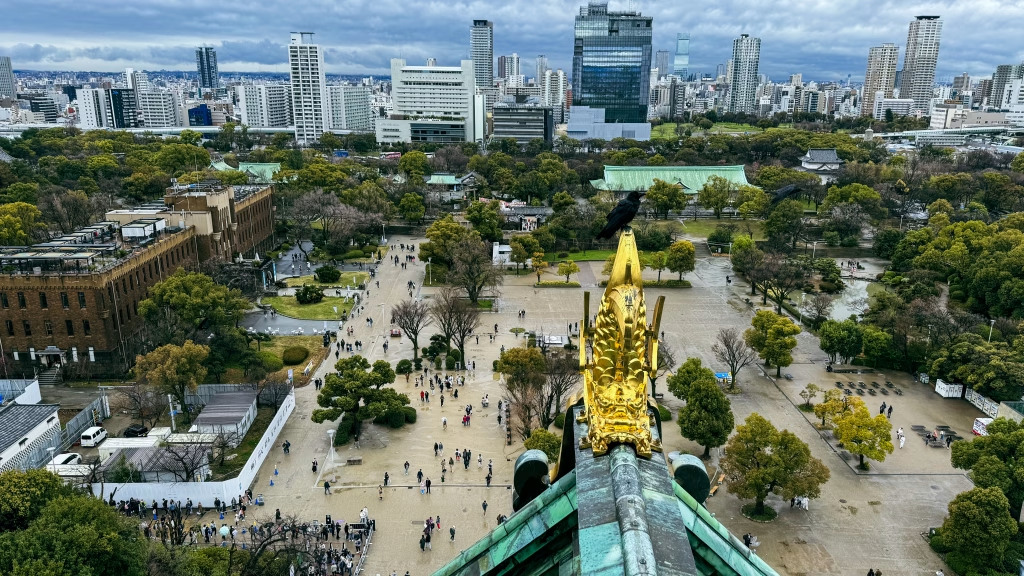
Inside, the castle houses a museum showcasing artifacts, exhibits, and dioramas that chronicle Osaka’s turbulent history and the castle’s role in it. The surrounding Osaka Castle Park is especially beautiful during cherry blossom season, drawing locals and tourists alike for hanami (flower viewing) picnics.
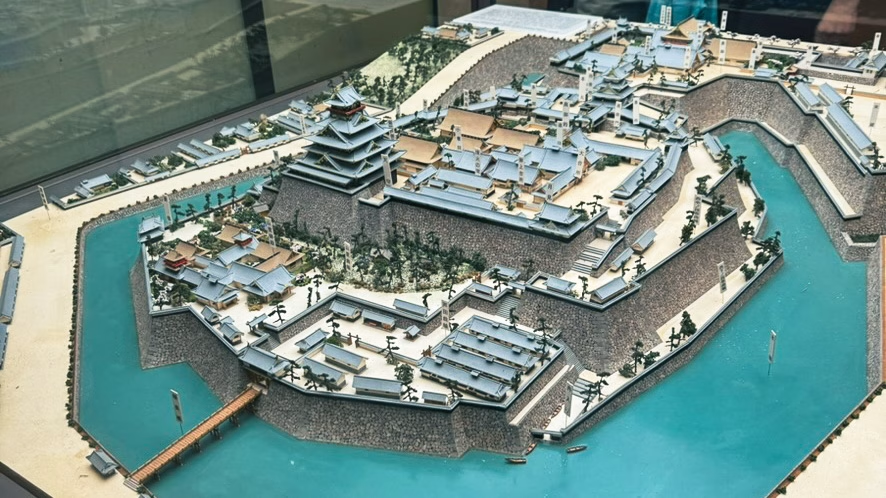
Tennoji Park
Directions: From Osaka Castle, start by walking (or take the tourist train) to Tanimachi 4-chome Station, which is about a 10-minute walk from the castle grounds. From there, take the Osaka Metro Tanimachi Line (Purple Line) heading towards Yaominami and travel four stops to Tennoji Station. After exiting the station, it’s a short 5-minute walk to Tennoji Park. Total Travel Time: approximately 25 minutes.
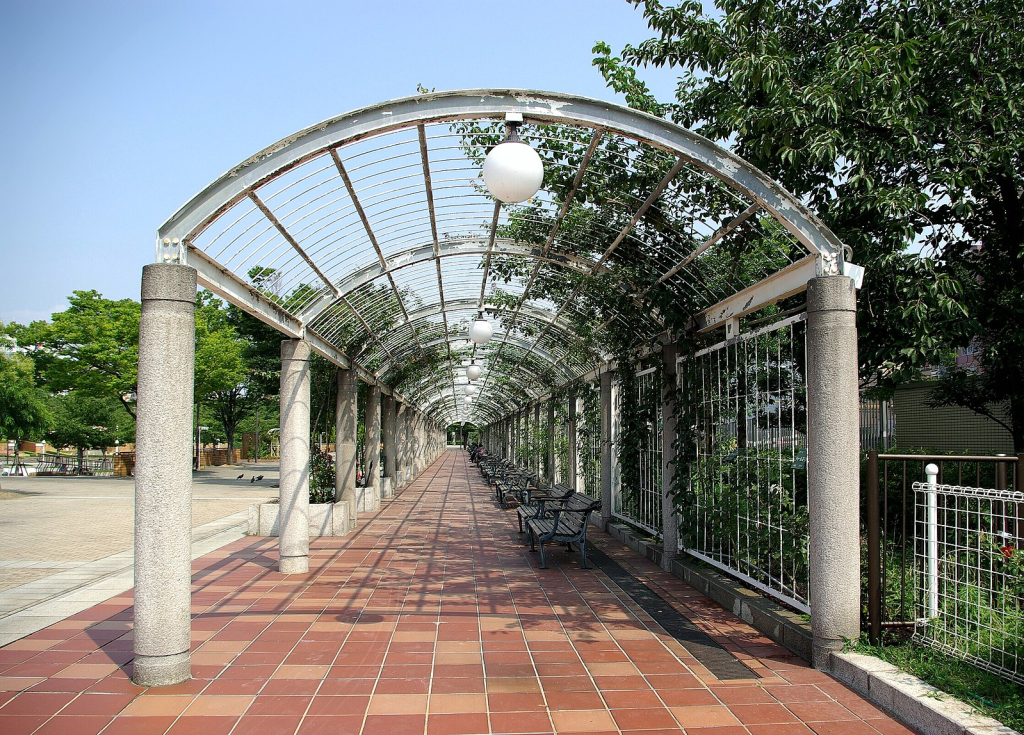
Tennoji Park, located in the bustling Tennoji district of Osaka, is a serene oasis that offers a peaceful retreat amidst the urban landscape, and a great stopping point between Osaka Castle and the TeamLabs Botanical Garden. Known for its expansive green spaces, tranquil ponds, and scenic walking paths, the park is a favorite destination for locals and visitors alike seeking relaxation and recreation. In addition to its natural beauty, Tennoji Park is home to several cultural attractions, including the Tennoji Zoo, where visitors can observe a variety of animals from around the world.
If you’re feeling hungry, the park is directly adjacent to the Shinsekai district. Shinsekai, which translates to “new world,” and consists of narrow streets lined with small eateries, traditional izakayas (Japanese pubs) and kushikatsu (deep-fried skewers) restaurants, where you can savor local delicacies.
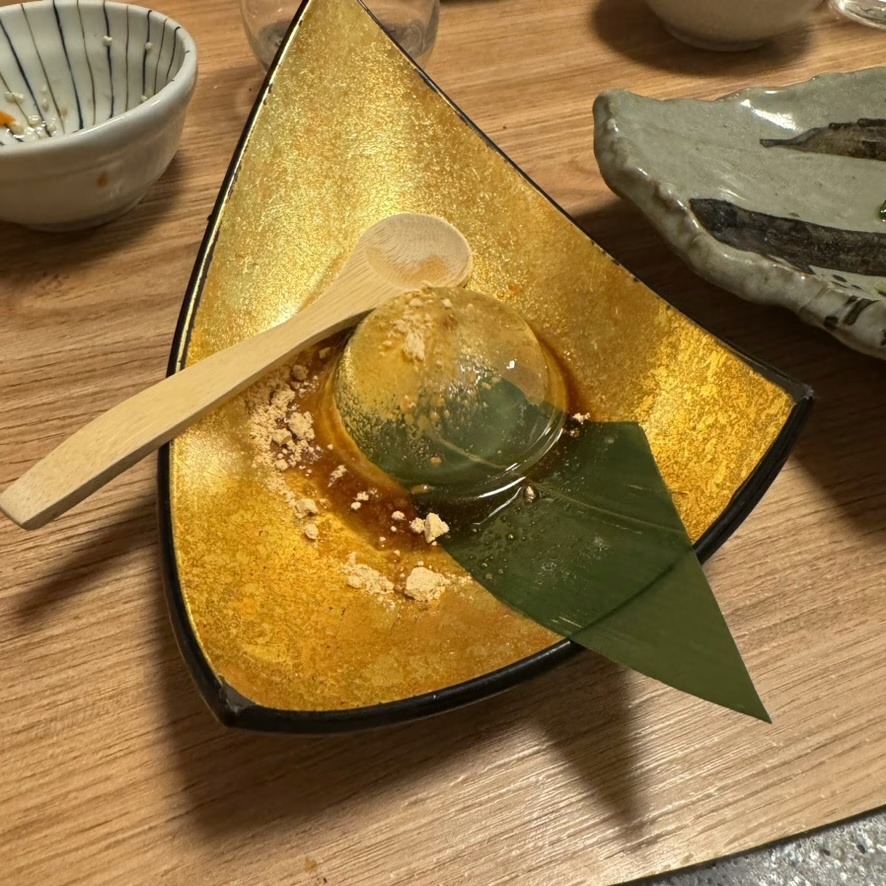
TeamLabs Botanical Garden
Directions: From Tennoji Park, start by walking to Tennoji Station, which is about a 12-minute walk from the park. From Tennoji Station, take the Midosuji Line towards Nakamozu and ride three stops to Nagai station. From there, it is an 11 minute walk to teamLab Botanical Garden Osaka. Total travel time: about 30 minutes.
After experiencing some of Japan’s more traditional culture, you can visit TeamLabs Botanical Garden to see some more modern marvels. TeamLab’s Botanical Garden, located in Expo City in Osaka, is an innovative fusion of art, technology, and nature that promises a mesmerizing experience for visitors of all ages. Tickets are 2,000 yen per person – reservations for TeamLabs locations usually book pretty fast, so purchase your tickets ahead of time here.
This immersive digital art installation transforms traditional botanical displays into interactive landscapes where art comes to life through cutting-edge digital projections and sensory effects. Visitors can wander through enchanting digital forests, where flowers bloom and seasons change dynamically, creating a surreal and magical atmosphere. The integration of sound, light, and touch enhances the experience, allowing visitors to engage with and become part of the artwork.
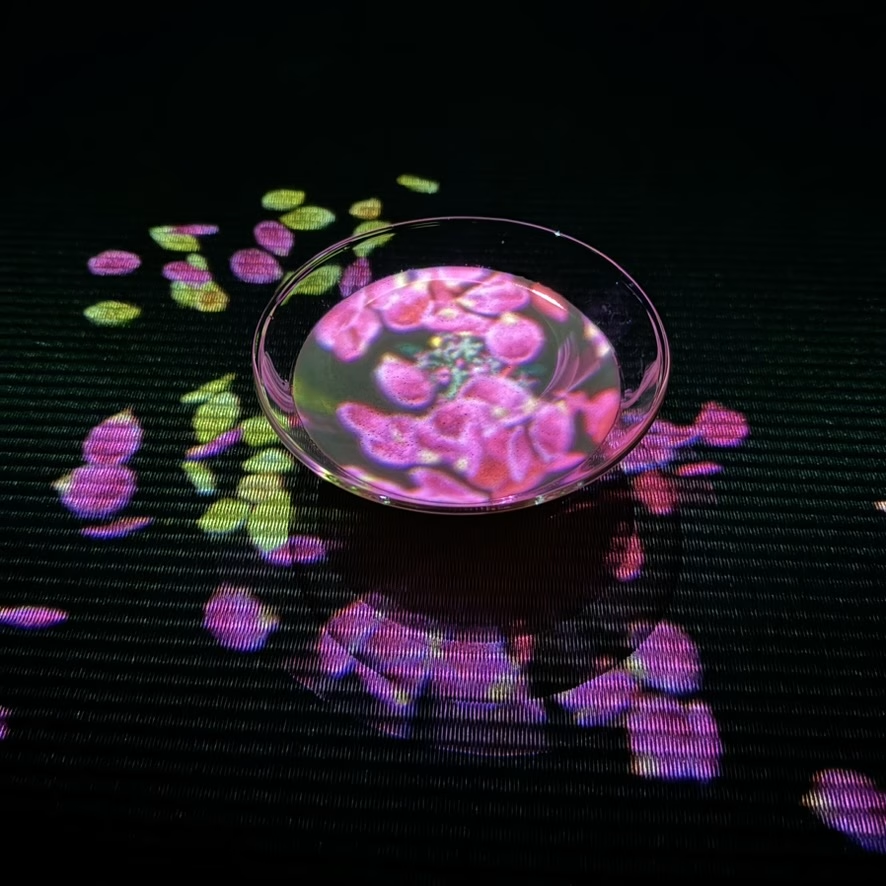
Dotonobori (and the Glico Man)
Directions: From teamLab Botanical Garden Osaka, walk 12 minutes to Nagai Station and take the Midosuji line to Namba Station. Once at Namba station, walk 7 minutes outside and onto Dotonobori street. Total travel time: about 30 minutes.
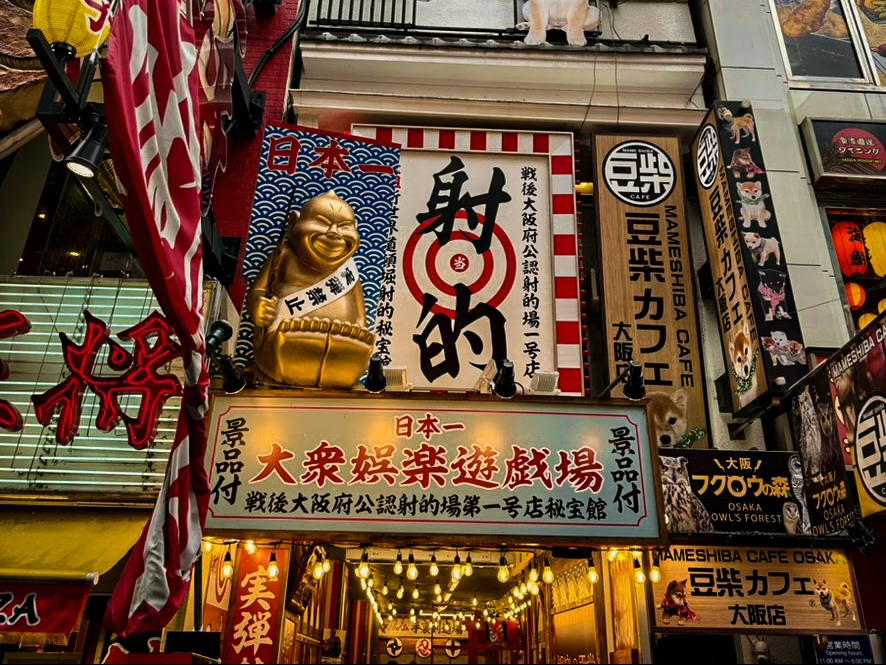
To cap off your busy day, take a nighttime walk through Dotonbori, located in the heart of Osaka, is a vibrant and iconic entertainment district renowned for its bustling atmosphere and neon-lit streets. The area is a haven for food lovers, offering a plethora of restaurants serving Osaka’s signature dishes like takoyaki (octopus balls) and okonomiyaki (savory pancakes).
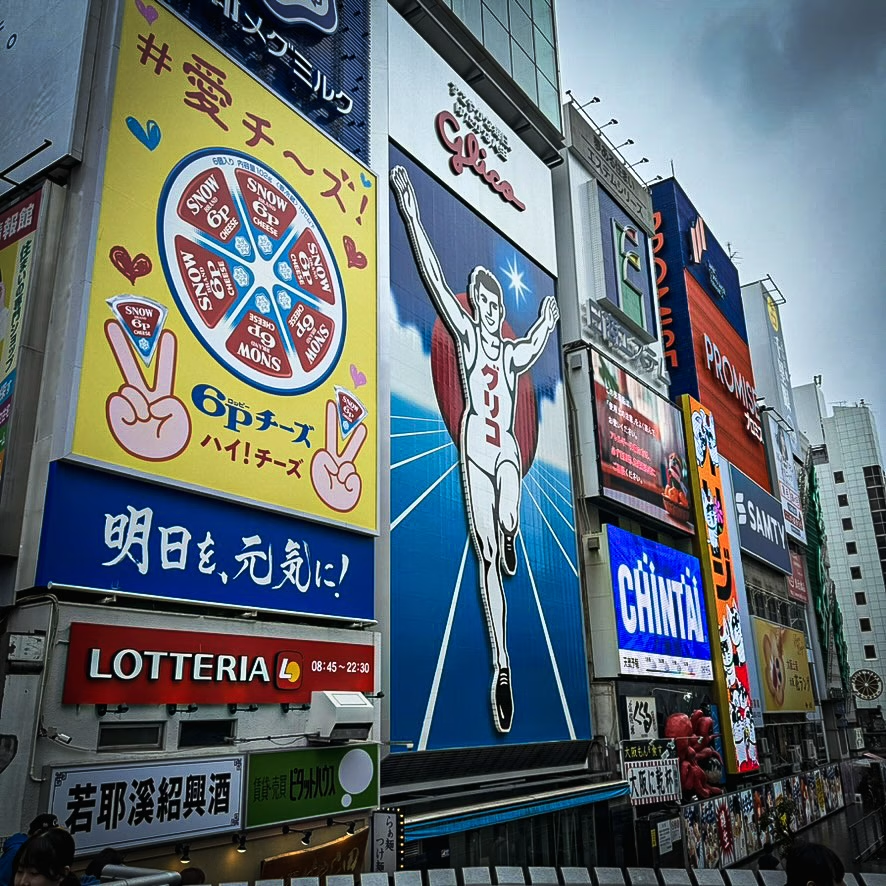
One of Dotonbori’s most famous landmarks is the Glico Running Man sign, an illuminated figure that has become a symbol of the district and a popular spot for photos. The Glico Running Man sign, an iconic landmark in Osaka’s Dotonbori district, dates back to 1935 when it was first erected by the confectionery company Glico. Over the decades, the sign has undergone several renovations and upgrades to keep it illuminated and vibrant amidst the bustling nightlife of Dotonbori.

Nanba Station to KIX
Once you’re ready to end your day, you can take the Nankai Airport Line directly to KIX. The express train service provides a quick and comfortable ride, typically taking around 40-45 minutes to reach the airport. For dayovers, I usually recommend staying at a location near the airport in order to ensure a hassle-free journey to the airport in the morning. If you used a luggage delivery service, your luggage should be waiting in your room for you when you check in.
KIX offers two on-site hotels. Hotel Nikko is only a three minute walk from the Passenger Terminal Building and airport station. The capsule hotel First Cabin is also connected to the airport, however the capsule rooms are one-person only and no children under 12 are allowed. You can check out all your airport accommodation options here.
If you’re spending a longer time in Osaka, you can consider branching out to neighboring cities like Kobe or Kyoto. For more Japan-related content and guides, check out the recommendations below.





